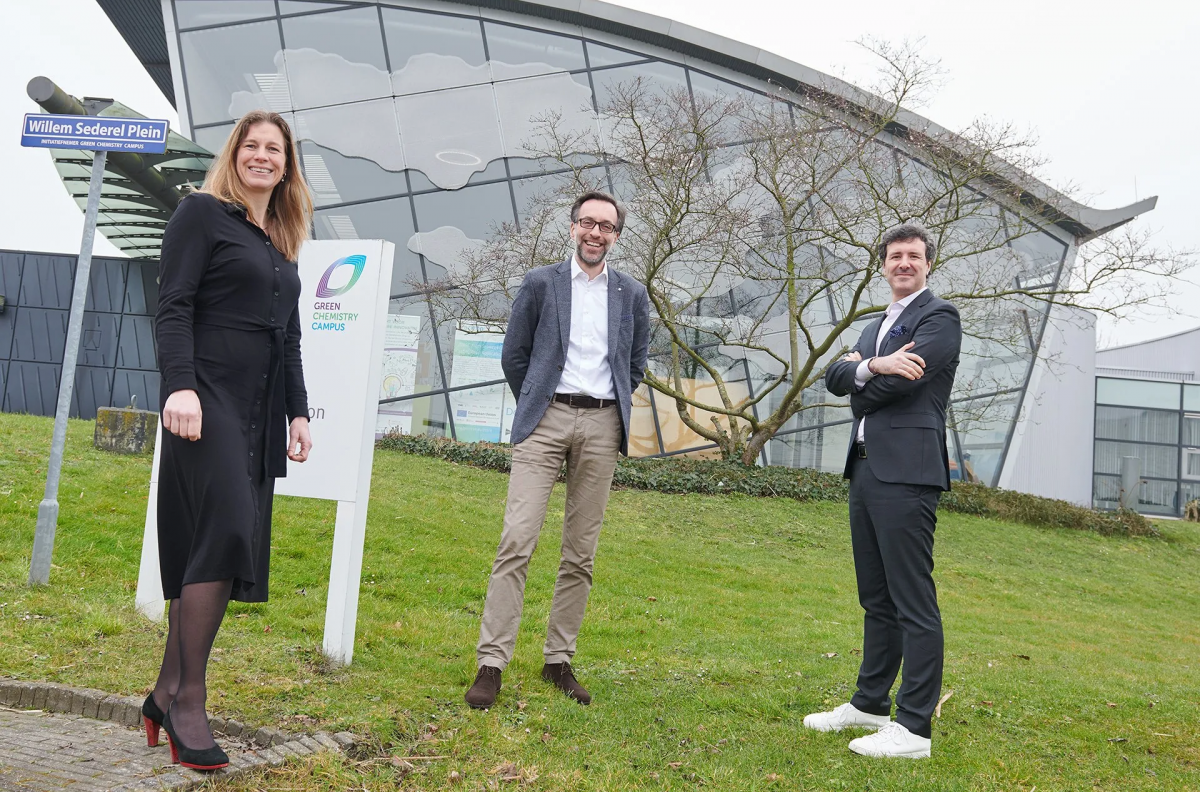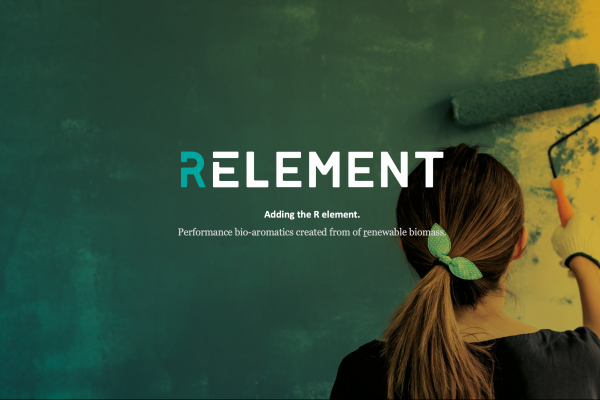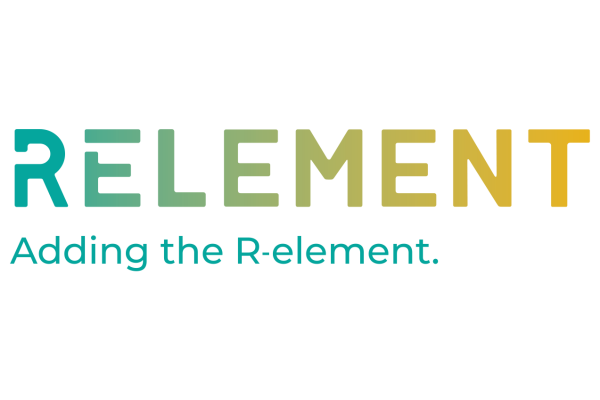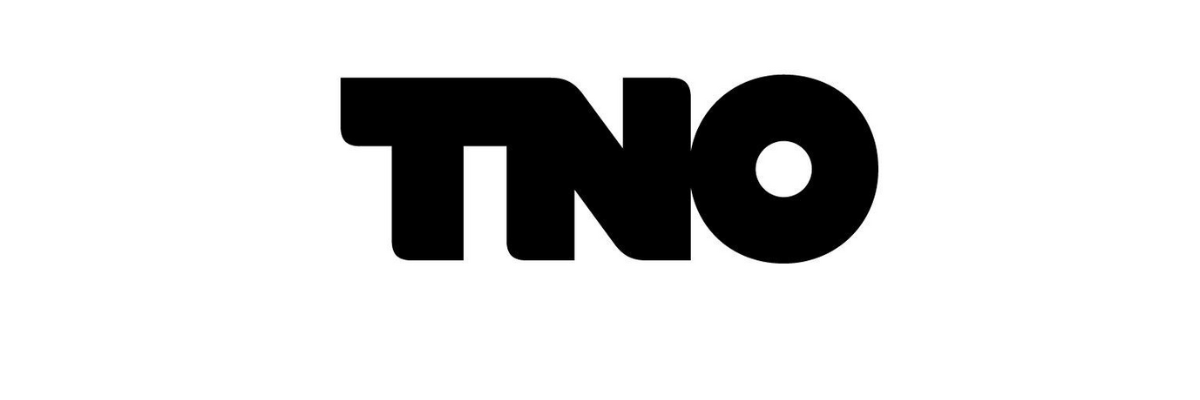News
17-02-2022
Revolution in the paint industry: Relement replaces petroleum with plant residues
Recently, the Dutch newspaper BNDeStem published an interview with Monique Wekking, CCO at Biorizon's spin-off company Relement. "At Relement, we are now able to convert raw material furfural, made from bagasse biomass, into a chemical compound called aromatics, a full-fledged alternative to fossil aromatics used in paint. The great thing is, it makes the paint not only bio-based, but also better in quality," Monique Wekking explains. "It improves the scratch resistance, for example."
"They themselves call it a revolution in the paint industry. By replacing petroleum with plant residues, paint and coatings such as we use on bridges and windmills will soon be completely 'bio-based'.
Products with paint are often incinerated at the end of their life. This leads to extra CO2 emissions because of the fossil raw materials they are made of. It must be possible to do this in a more sustainable way, they thought at Relement, a spin-off company of research organization TNO/Biorizon, where Monique Wekking is CCO and which is located on the Green Chemistry Campus in Bergen op Zoom .
The production of paint is still largely based on petroleum, a fossil resource also used for the production of plastics and fuel, which is bad for the environment. If we want to prevent further global warming and its consequences, agreed in the climate agreement, we must switch to sustainable alternatives.
It makes paint more scratch-resistant
And there are alternatives. The only thing is that it will require a complete transformation of the chemical industry, which at present still largely runs on fossil raw materials. For products that are difficult to recycle, such as paints and coatings, biomass residues such as bagasse, which are currently burnt, must replace them.
At Relement, they are now able to convert raw material furfural, made from bagasse biomass, into a chemical compound called aromatics, a full-fledged alternative to fossil aromatics used in paint. ,,The great thing is, it makes the paint not only biobased, but also better in quality," Monique Wekking explains. "It improves the scratch resistance, for example."
Cosun will convert biomass
Furfural currently comes mainly from China and the Dominican Republic. But Wekking wants to use mainly European residual flows in the future.
Now that Relement has managed to secure an EU grant, Wekking and her team can produce and apply the bio-aromatics for the first time on a larger scale. Austria's Lenzing is one of the partners, as are sugar factory Cosun and bio-based scale-up Vertoro. Together with TNO, these companies will convert their biomass residue streams into furfural and raw materials for the production of bio-aromatics.
The paint company Baril Coatings from Den Bosch, which also has a branch in Etten-Leur, will produce the 'bio-based paint' together with binder producer Worlée.
In the meantime, a company has been found that will be using the paint; the machine manufacturer Tobroco-Giant from Oisterwijk wants their newest electric forklift truck to be sprayed with the bio-based paint by Straalbedrijf Boxtel. This will happen in mid-2023.
In the meantime, various discussions are taking place in the background with customers who do see a future in the 'green' paint. Further scaling up depends on investors who are willing to do so. The paint is a fraction more expensive than the petroleum version. But it is a better quality and much less environmentally damaging. That is decisive for more companies."

What is biobased?
In order to build in a climate-neutral and circular way, we need to switch to so-called 'bio-based building materials'. What are they? The term bio-based is appearing more and more frequently. There is no strict definition of bio-based, but in all cases it concerns natural, renewable raw materials. It is anything produced by an organism. For example, you get insulation material made from reeds or fiberboards made from seaweed.
Seaweed
This is not the first time they have tried to make paint from plant residues within the walls of Biorizon Shared Research Center at the Green Chemistry Campus in Bergen op Zoom. Two years ago, the residual flow of seaweed was investigated as a basis for paint.
Research organization TNO conducted the research together with several partners from the Green Chemistry Campus under the project name ZCORE, from Seaweed to COating Resin applications. The project is still running, the results will be announced at the end of this year. The paint is still only produced on a lab scale by the industry, but not yet applied on a large scale."

Source: BNDeStem









